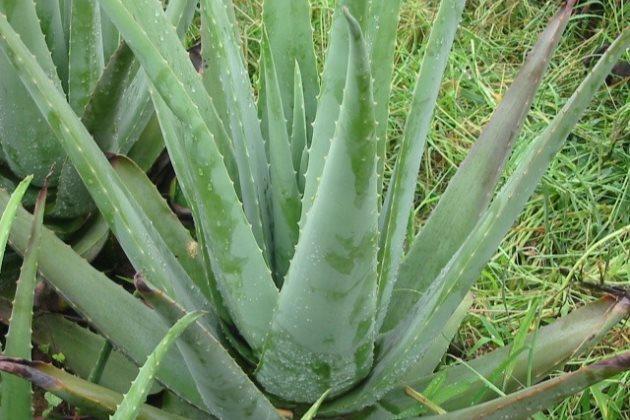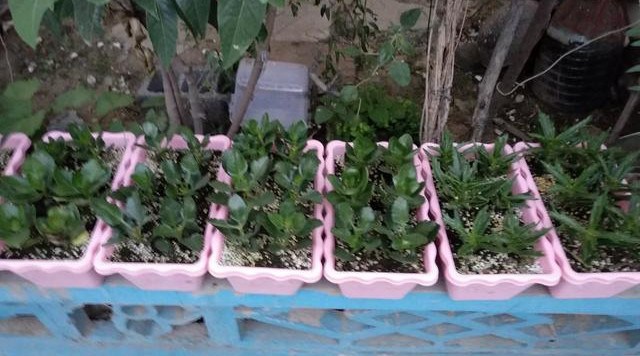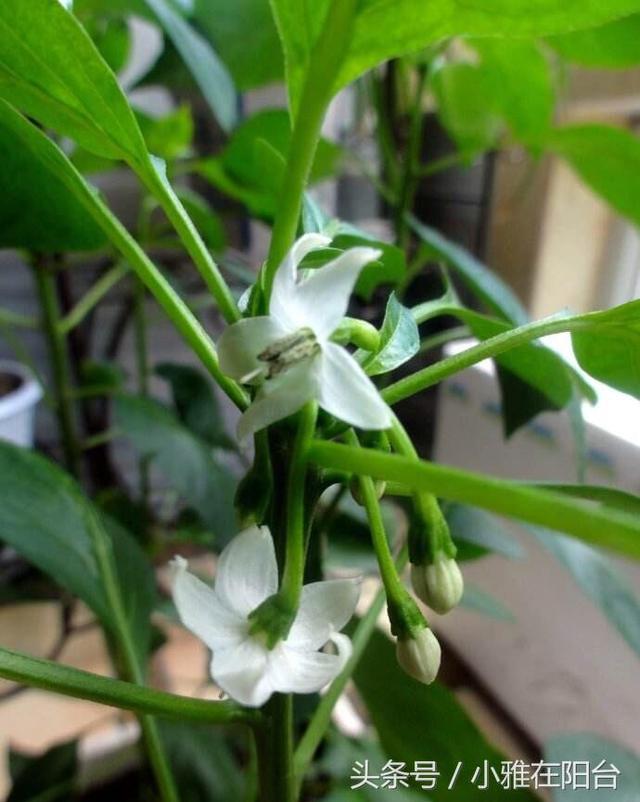The leaf of aloe produced the phenomenon of desiccation how to deal with better?

Aloe vera is very easy to breed, and it is inevitable that some flower friends will raise some unexpected problems in the process of maintenance. For example, rotten roots, such as withered leaves and so on. Some flower friends said that recently, the aloe vera, which had been raised at home for several months, did not know what the situation was. The leaves slowly began to dry up, and usually they did not water less and fertilize anything. What was the situation? its leaves were so withered. The aloe vera that had been raised so hard was gone. With this doubt, I asked many flower friends, and finally got some experience of why the aloe leaves were withered. Let's share it with you now.
Did not pay attention to watering, in a period of time only irrigated to the leaf surface of aloe and did not flow into the root, resulting in aloe drying up due to lack of water. Soil consolidation can also dry up the leaves of aloe. If there are no other weeds around the aloe flowerpot, the use of pure garden soil will lead to hardening, which is easy to occur after watering more times. After soil consolidation, it will lead to poor water permeability and air permeability, which can easily lead to the drying of aloe. Therefore, we can loosen the soil of aloe vera regularly, and try to avoid hurting its roots when loosening the soil. usually there are weeds growing on them, so we don't need to pull them out immediately, we can prune them to prevent weeds from growing too fast to consume nutrients. Pruning will leave the roots to continue to grow new seedlings, the stem will slowly become thicker, we can pull it out, can also play the effect of loosening the soil.
If planted in plastic pots, flowerpots are not easily breathable, it is easy to cause poor breathing of aloe roots, thus affecting the growth of leaves, sometimes the soil planted caking, it is easy to make the roots in the basin difficult to absorb water or nutrients, so that aloe leaves dry up. When aloe grows to a certain year, we need to transplant it to change the soil. When we change the basin, we should be careful not to hurt too many roots. It is recommended that we remove some of the outer soil and old roots when changing the basin. Keep some of the soil wrapped inside as much as possible to prevent the roots from being damaged too seriously, otherwise it will lead to the problem of drying up and taking the basin for a long time.
The growth of aloe vera likes to grow in a semi-shady environment. Growing in a semi-shady environment can make stems, strong leaves and fat, green all the year round. Aloe vera, which has been exposed to the sun for a long time, generally grows thinner and has yellow leaves. If you experience a long period of drought when you are exposed, it is more likely that the leaves will be withered. If aloe is left in the sun for too long, the leaves are prone to dehydration and yellowing, especially when the summer weather is hot, the leaves will soon dry up. Aloe vera is put in the wrong place, such as in summer or winter. If aloe is put under the air conditioner or next to the refrigerator for a long time, it is easy to get withered aloe leaves.
Aloe can also have leaf blight. If you find small brown spots on the tip or edge of the aloe leaf, and then the leaf becomes semicircular, it means that aloe has been infected with leaf blight. For the cultivation of aloe, we'd better put it in a semi-shady environment with sufficient scattered light. If we are exposed to light unilaterally, we can rotate the flowerpot regularly in order to keep the plant upright. The Lignification of aloe vera cultured in semi-overcast environment is slow and its growth is relatively thick. The Lignification of dew culture is very fast, and it is easy to be withered and chapped when you encounter strong light when you are short of water.
If it is found that the leaves of aloe are withered, the withered part is in the lower part and scorched, it means that aloe is deficient in potassium. At this time, you can add some potassium to aloe and apply more potash fertilizer. In aloe, a few leaves are withered, but the other leaves still look intact, and the root of aloe may be injured. You can check to see if the root system of aloe is detached from the stem, or whether the leaves of aloe are injured.
Here is a gathering place for succulent plant lovers, sharing succulent maintenance skills, welcome to follow and exchange.
- Prev

Who says cutting longevity flowers in summer is not easy to survive? That's what experts do. Insert a live one.
Who says cutting longevity flowers in summer is not easy to survive? This is what experts do, insert a live one! Some flower friends asked if it is not easy for longevity flowers to survive in summer. Who told you that cutting longevity flowers in summer is not easy to survive. As long as it grows, it will.
- Next

A few simple tips for growing your own chili peppers blossom and bear more fruit. Every branch is full.
For people who like to eat chili peppers, it is too troublesome and time-consuming to go to the supermarket market to buy chili peppers, so it is better to plant a few pots at home, which is actually very simple and does not need to pay anything. But some friends say they grow balconies.
Related
- Wuhan Hospital Iron Tree Blooming Result Was Instantly Frightened by the Gardener Master
- Which variety of camellia is the most fragrant and best? Which one do you like best?
- What is the small blue coat, the breeding methods and matters needing attention of the succulent plant
- Dormancy time and maintenance management of succulent plants during dormancy
- Minas succulent how to raise, Minas succulent plant pictures
- What are the varieties of winter succulent plants
- How to raise succulent plants in twelve rolls? let's take a look at some experience of breeding twelve rolls.
- Attention should be paid to water control for succulent plants during dormant period (winter and summer)
- Watering experience of twelve rolls of succulent plants
- Techniques for fertilizing succulent plants. An article will let you know how to fertilize succulent plants.

